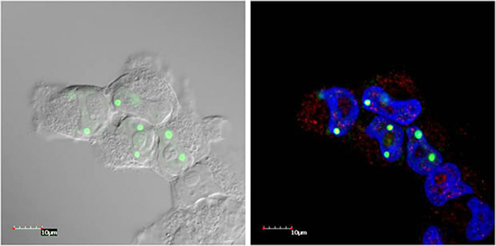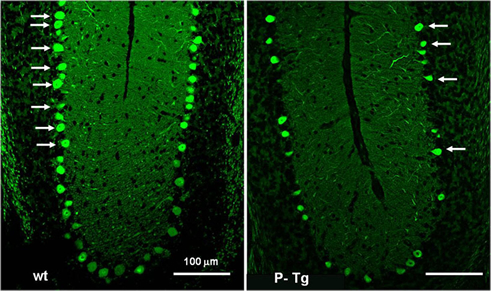
Ph.D. Professor Keizo Tomonaga
All viruses rely on the cellular machinery to complete their replication cycles. Therefore, understanding the host-virus interaction is to provide the mechanism of not only the viral pathogenesis and adaptation, but also the host responses. In our laboratory, we are analyzing the detailed life cycles, as well as the pathogenesis, of animal viruses, especially negative strand RNA viruses, in both in vivo and vitro systems. We are also developing a novel viral vector system for gene and cellular therapies by using the unique and useful characteristics of RNA viruses.
Research and Education
Our main focuses are bornaviruses and SARS-CoV-2. Bornavirus research includes elucidation of infection and replication mechanisms, viral co-evolution research to uncover the mysteries of endogenous bornavirus-like elements in our genomes, and development of a novel viral vector for gene and cellular therapies based on reverse genetics technology of bornavirus. In SARS-CoV-2 research, we are analyzing mutant strains and host factors that interact with viral replication. Our laboratory belongs to the Institute for Life and Medical Sciences and accepts graduate students from both Graduate School of Medicine and Graduate School of Biostudies. The lab staff guides graduate students to become independent researchers by selecting original research projects among the laboratory’s themes.
 Photo1. Borna disease virus persistently infected neuronal cells. Left and right panels show DIC and confocal microscope images, respectively. The virus-specific dot structures (green) are formed in the cell nucleus (blue).
Photo1. Borna disease virus persistently infected neuronal cells. Left and right panels show DIC and confocal microscope images, respectively. The virus-specific dot structures (green) are formed in the cell nucleus (blue).
 Photo2. Reduction of Purkinje cell neurons in the cerebellum of transgenic mice expressing Borna disease virus phosphoprotein in astrocytes.
Photo2. Reduction of Purkinje cell neurons in the cerebellum of transgenic mice expressing Borna disease virus phosphoprotein in astrocytes.
Recent Publications
- Kojima S, Yoshikawa K, Ito J, Nakagawa S, Parrish NF, Horie M, Kawano S, Tomonaga K. Virus-like insertions with sequence signatures similar to those of endogenous non-retroviral RNA viruses in the human genome. Proc Natl Acad Sci USA 118(5):e2010758118. (2021)
- Parrish NF and Tomonaga K. A viral (Arc)hive for metazoan memory. Cell 172(1-2):8-10 (2018)
- Fujino K, Horie M, Honda T, Merriman DK and Tomonaga K. Inhibition of Borna disease virus replication by an endogenous bornavirus-like element in the ground squirrel genome. Proc Natl Acad Sci USA 111:13175-13180 (2014).
- Matsumoto Y, Hayashi Y, Omori H, Honda T, Daito T, Horie M, Ikuta K, Fujino K, Nakamura S, Schneider U, Chase J, Yoshimori T, Schwemmle M and Tomonaga K. Bornavirus closely associates and segregates with host chromosomes to ensure persistent intranuclear infection. Cell Host Microbe 11:492-503 (2012)
- Horie M, Honda T, Suzuki Y, Kobayashi Y, Daito T, Oshida T, Ikuta K, Jern P, Gojobori T, Coffin JM and Tomonaga K. Endogenous non-retroviral RNA virus elements in mammalian genomes. Nature 463:84-87 (2010)
Laboratory
Professor:Keizo Tomonaga
Associate Professor:Akiko Makino
Assistant Professor:Takehiro Kanda
FAX +81-75-751-4000
e-mail: tomonaga@infront.kyoto-u.ac.jp
URL:https://t.rnavirus.virus.kyoto-u.ac.jp
